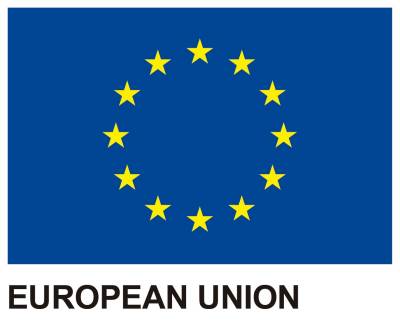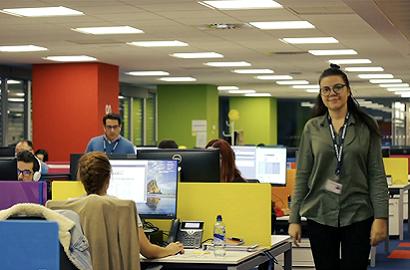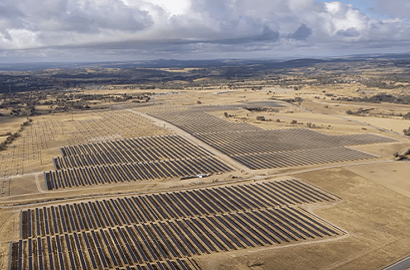Spain leads green hydrogen in Europe according to IEA report

The country is driving 20% of the projects underway on the continent, which will produce 25% of the world's total by 2030.
The International Energy Agency (IEA) is putting the spotlight on Spain in terms of energy transition “thanks to its energy and climate change policies”, as indicated in the Global Hydrogen Review 2024 report. The climate neutrality targets for 2050, with 100% renewable energy in the electricity mix and 97% renewable energy in the total energy mix, show that Spain is setting an example on a worldwide scale.
The report highlights the path taken by Spain to achieve its ambitious targets, with a focus on massive development of renewable energy, increased energy efficiency and improved electrification. In the renewables mix, it highlights the role of green hydrogen, which it positions as a priority alongside solar and wind energy.
Announced projects
Spain is the European country that has announced the most water electrolysis projects to produce green hydrogen, with 20% of the total. This is followed by Denmark with 12% and Germany with 10%. These three countries could account for over 40% of the continent's low-emission hydrogen production by 2030.
Europe in turn accounts for 25% of the projects announced worldwide, compared to 15% in Latin America and the same percentage in the United States. These continents thus account for more than half of the potential low-emission hydrogen to be produced by 2030. Europe in particular could produce up to 8 million tonnes per annum (Mtpa) by the end of this decade.
Boosting R&D and innovation
According to the IEA, Spain's goal of zero emissions by 2050 is an opportunity to stimulate the economy and create jobs by modernising industry. At the same time, these actions support vulnerable populations and improve energy security, as well as boosting R&D and innovation.
The report mentions green hydrogen projects like BP's project in Castellón, with a capacity of 25 megawatts, and which could grow to two gigawatts in the future. The report also addresses green hydrogen’s applications in various industries, including transport, and describes the port of Valencia as a pioneer, together with that of Los Angeles (California, USA), in the use of hydrogen-powered cargo handling equipment.
Distribution networks
Distribution networks have also been included in the study. Once again, Spain is in the lead with plans for facilities covering 3,000 kilometres. Enagás, which is responsible for this infrastructure, launched a call in the fourth quarter of 2023 to gauge the interest of companies in promoting green hydrogen projects. A total of 206 companies submitted 650 projects.
Based on the most mature projects, Enagás estimates that 2.5 Mtpa will be produced in Spain by 2030, of which 1 Mtpa will be for domestic consumption and the rest will be exported. In July 2024, the European Commission already allocated 794 million euros to seven projects in Spain, totalling 650 megawatts of electrolysis capacity. A further 150 million euros has been awarded to 12 other projects, and an additional 1.2 billion euros has been announced for renewable hydrogen.
Photo: IEA




